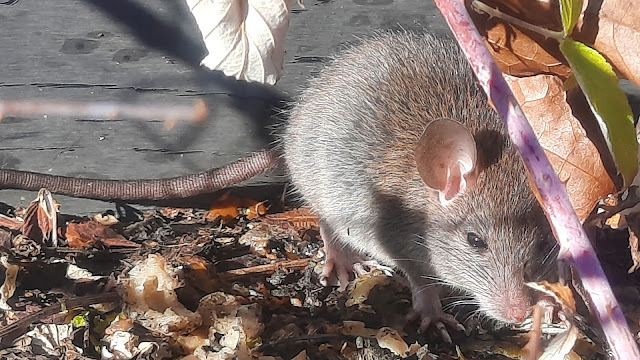Albert's towhee - a Palm Spring's resident

My handy bird book did it again. I was unsure what this bird was and decided it was possibly a sparrow or finch because of the thick bill associated with them. The sparrow section didn't have it, and neither did the finch section, so I thumbed through the book starting at the perching birds that had conical bills. And there it was, an Albert's towhee. Not exactly like the image in my book, but close enough. An internet search verified the identification. Like the spotted towhees I am familiar with, they are fond of bushy understory areas and tend to keep hidden. The fact that this one was bold enough to be out on a rock speaks to the fact that it was no doubt used to the presence of people. It makes sense, given the fact that I photographed it in a wooded area inside the Palm Springs Zoo. Also like the towhees common in southern British Columbia, they eat insects they find in leaf litter and detritus on the forest floor. They also will take certain seeds. This one ju







